Yes, paprika is absolutely a spice. This definitive guide explains why paprika qualifies as a true spice, how it differs from herbs, and provides science-backed information about its varieties, culinary applications, and health benefits. You'll discover everything you need to confidently use this vibrant ingredient in your cooking.
What Makes Paprika a True Spice: The Definitive Answer
Paprika is unequivocally classified as a spice because it's derived from the dried fruit of Capsicum annuum peppers. Unlike herbs (which come from plant leaves), spices originate from seeds, roots, bark, or fruits—exactly matching paprika's botanical source. This distinction isn't just semantic; it reflects fundamental differences in plant biology and culinary science.
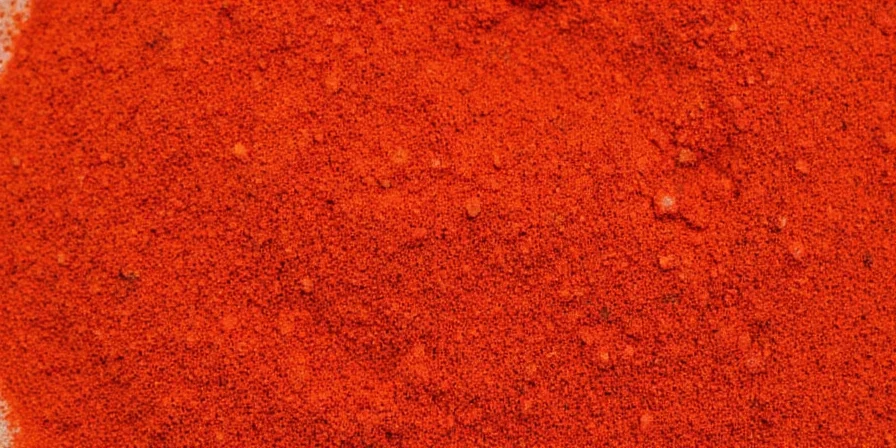
Spice Classification: The Scientific Basis
- Paprika comes from dried pepper fruits, meeting the botanical definition of a spice
- Contains capsaicinoids (in varying concentrations) that create its characteristic flavor profile
- Processed through drying and grinding—standard methods for spice production
- Used for flavoring, coloring, and preservation—core functions of culinary spices
Spice vs. Herb: Clearing Up Common Confusion
Many home cooks confuse paprika with herbs because of its vibrant color and common placement next to herbs on spice racks. Understanding the botanical distinction helps clarify why paprika belongs firmly in the spice category.
| Category | Botanical Source | Processing Method | Examples |
|---|---|---|---|
| Spices | Fruits, seeds, roots, bark (dried) | Dried, roasted, ground | Paprika, cumin, cinnamon, black pepper |
| Herbs | Leaves (fresh or dried) | Fresh or air-dried | Basil, oregano, thyme, parsley |
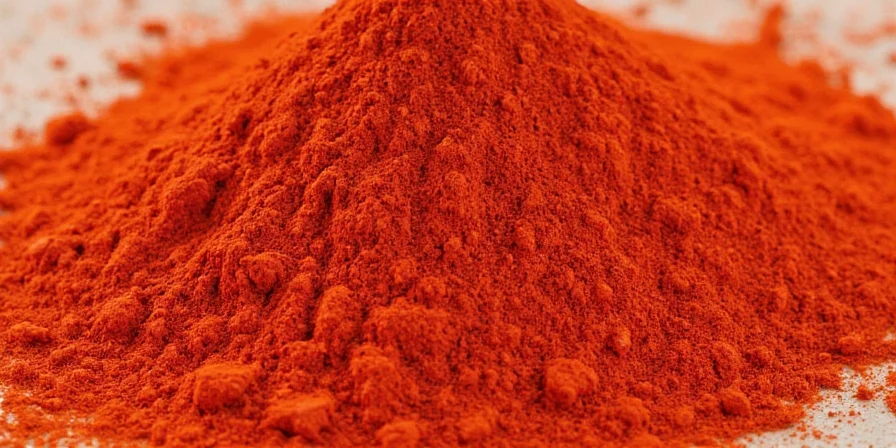
Why Paprika's Spice Status Matters for Your Cooking
Understanding that paprika is a spice—not an herb—directly impacts how you use it in recipes. Spices generally require different handling than herbs to maximize their flavor potential:
- Heat application: Add sweet paprika late in cooking to preserve delicate flavor compounds
- Oil solubility: Bloom paprika in oil first to unlock maximum flavor (unlike water-soluble herbs)
- Storage: Spices like paprika lose potency faster than dried herbs when exposed to light and air
Different Types of Paprika Spice and Their Culinary Applications
Not all paprika varieties deliver the same flavor experience. The specific processing method creates distinct chemical profiles that determine each type's best culinary uses.
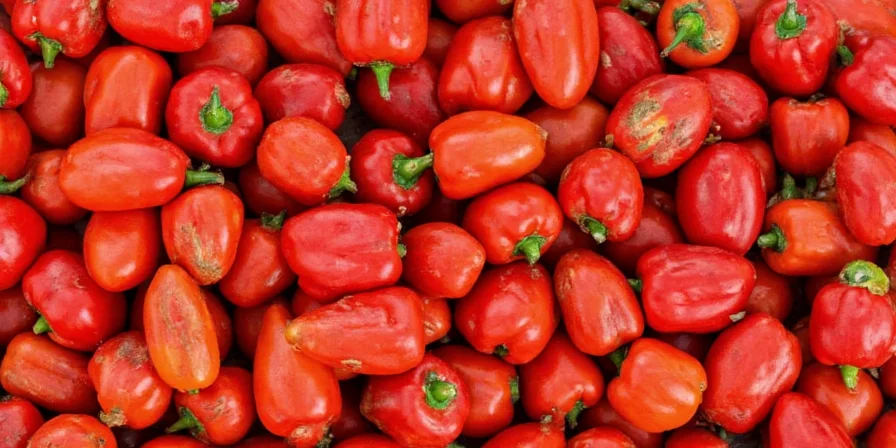
Major Paprika Varieties Compared
- Hungarian Sweet Paprika: Earthy, slightly sweet profile from peppers grown in nutrient-rich plains
- Spanish Smoked Paprika (Pimentón): Complex guaiacol compounds from oak-smoking create deep smoky notes
- Hot Paprika: Contains additional chili varieties for noticeable heat (1,000-2,000 Scoville units)
- American-Style Paprika: Milder flavor profile primarily used for color enhancement
Science-Backed Health Benefits of Paprika Spice
As a true spice derived from peppers, paprika delivers measurable health benefits supported by nutritional science. These compounds remain stable when properly stored and used.
Documented Health Properties of Paprika
| Compound | Concentration in Paprika | Health Benefits |
|---|---|---|
| Vitamin A (as beta-carotene) | Extremely high (30,690 IU per tablespoon) | Supports vision, immune function, skin health |
| Carotenoids | High (lycopene, capsanthin, beta-carotene) | Antioxidant, anti-inflammatory properties |
| Capsaicin (in hot varieties) | Variable (higher in hot paprika) | May boost metabolism, reduce appetite |
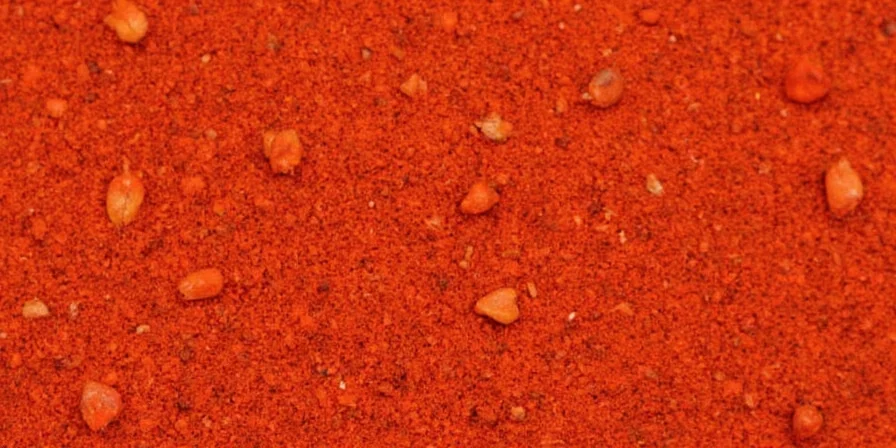
Professional Cooking Techniques for Using Paprika Effectively
Understanding paprika's spice chemistry allows you to maximize its culinary potential. These chef-recommended techniques leverage paprika's specific properties:
- Bloom in oil: Heat 1 tsp paprika in 2 tbsp oil for 60 seconds before adding to dishes
- Layer flavors: Add smoked paprika early in cooking, sweet paprika late for maximum impact
- Preserve potency: Store in airtight container away from light (loses 30% potency in 6 months)
- Enhance meats: Mix with salt for perfect steak rub (1:4 ratio paprika to salt)
- Create depth: Add to tomato-based sauces for richer color and flavor complexity
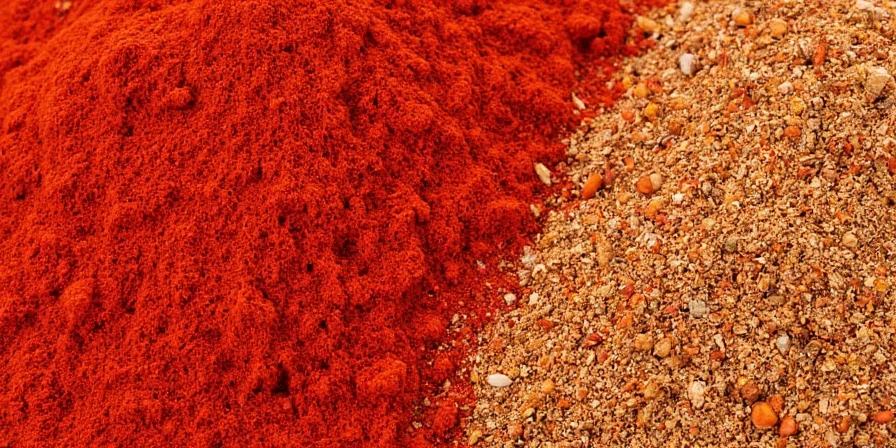
Frequently Asked Questions About Paprika as a Spice
Is paprika considered a spice or an herb in culinary classification?
Paprika is definitively classified as a spice because it's made from ground dried pepper fruits. Herbs derive from plant leaves, while spices come from seeds, roots, bark, or fruits—placing paprika firmly in the spice category.
Why do some people mistakenly think paprika isn't a real spice?
This misconception often arises because paprika appears next to herbs on spice racks and has a vibrant color similar to some herb blends. However, its botanical origin from dried pepper fruits meets the scientific definition of a spice.
Can paprika be substituted for other spices in recipes?
While paprika shares some flavor notes with cayenne and chili powder, it has a unique profile. Sweet paprika works as a mild substitute for cayenne (use 3x the amount), but cannot replicate the complex blend of chili powder which contains additional spices.
How does paprika's classification as a spice affect its shelf life?
As a ground spice, paprika loses potency faster than whole spices (6-12 months vs. 2-4 years). Proper storage in an airtight container away from light preserves its spice characteristics longest. Discard when color fades significantly or aroma weakens.











 浙公网安备
33010002000092号
浙公网安备
33010002000092号 浙B2-20120091-4
浙B2-20120091-4